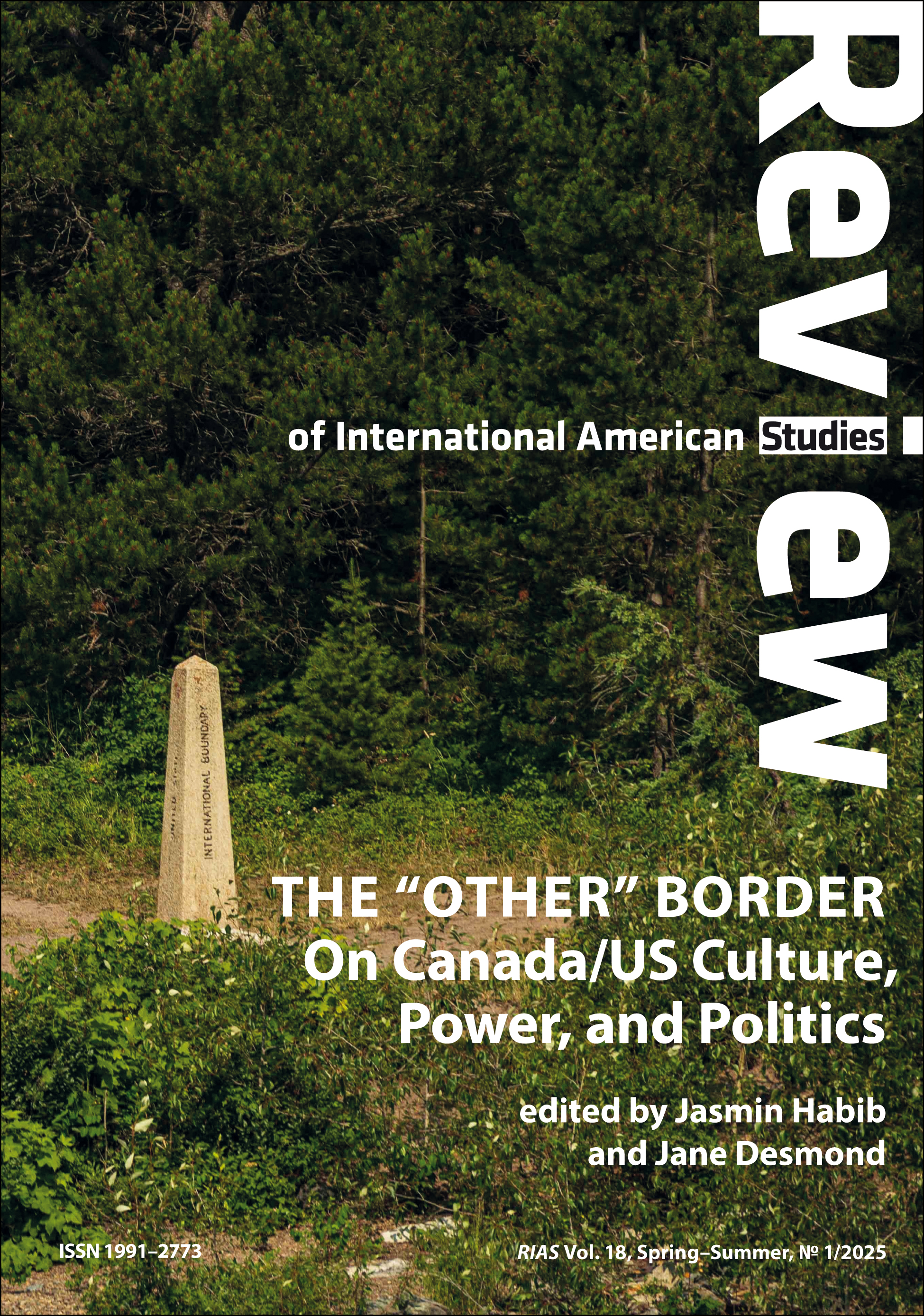

The advent of Inter-American Studies has not only opened up an alternative discourse in the study of ‘American’ culture; it has also produced a discourse that suggests an alternative practice, through the struggle to address the numerous questions it raises concerning issues as diverse as language, translation, transnationalism, immigration, race, ethnicity, national identity, gender, cultural inclusion vs. exclusion, politics, geography, history, economics, and a whole host of other topics. As an approach that speaks not to one discipline but many—and whose primary emphasis is this interdisciplinarity—Inter-American Studies addresses a way of understanding that, because it suggests a radically different geo-political mapping at its core, demands a concomitant alteration in any disciplinary approach to the study of American culture. In its hemispheric re-articulation of the notion of America, it points to all that is silenced within singular conceptions of American culture. Such conceptions would often seem to imply the construction of a hegemonic and all-important United States, while denying or eliding all consideration of the socio-politico-historical interrelationships that pertain between the United States and its hemispheric neighbors. But because these interrelationships also form the central foundation of Inter-American Studies, no recognition of their importance can take place without a concomitant transformation in perspective with regard to the mode by which American culture is to be studied. In most disciplines, this transformation must, necessarily, entail an engagement with what Masao Myoshi has called the myth of the nation state, a ‘nostalgic’ and ‘sentimental’ understanding of the state that ‘offers an illusion of a classless organic community of which everyone is an equal member,’ in the spirit of Benedict Anderson’s ‘imagined communities’ (744). When considered in the context of the Americas, such a view of the nation-state becomes immensely problematic. Viewed in terms of the historic economic, cultural and linguistic hegemony of the United States in relation to its hemispheric neighbors, or the oppression of various indigenous populations in many nations throughout the hemisphere, such considerations of the nation-state may often serve to camouflage the underlying cultural tensions existing below the surface to which the hemispheric approach can provide access. Through the process by which ‘America’ becomes ‘Americas’ then, all that is implied in this reconfiguration must come to the table and be counted. Yet, despite its insistence on the plural, the hemispheric study of American literature, history and culture does not seek to deny the importance and value of American Studies, conventionally conceived. Rather, it seeks a reconsideration of the terms upon which American Studies has been founded, something that would allow for a complementary give and take between the two perspectives, in the interests of a certain enrichment of both.
It is with the terms of this reassessment that the current issue of RIAS is concerned. What does it mean to consider the object of study, America, in the plural, as ‘Americas,’ rather than ‘America’? What issues of language, translation, history, politics, culture, nation, ethnicity, race, gender, identity, geography, etc. are at stake in this transformation? How are these issues to be understood and accounted for? More fundamentally, how do these issues reflect on the current state of knowledge and knowledge production regarding the study of America? What problems will need to be addressed as a result, and what changes will need to be made in order to do justice to their implications? How does consideration of the United States in relation to its hemispheric neighbors change our understanding of both the US and its neighbors? How might studying the United States in relational context alter our understanding of the United States and our conceptions of ‘America’ and ‘Americanness’? Finally, what does it mean to study ‘America’ in the plural? What changes must be made in the object of study? (Read more in the Editorial)

Vol. 18 No. 1 (2025)
Published: 2025-06-30
 10.31261/RIAS
10.31261/RIAS